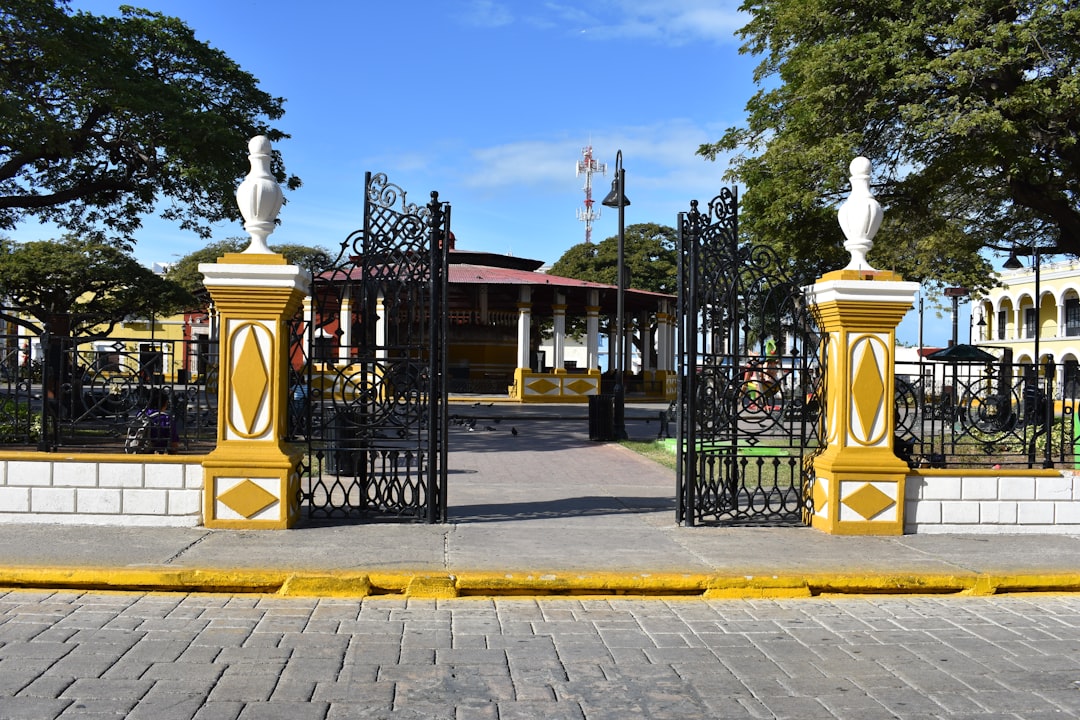The study of early human lifestyles provides a fascinating glimpse into the origins of human society and culture. Before the advent of agriculture, humans lived in a world that was vastly different from the one we know today. Early humans were primarily hunter-gatherers, relying on their environment for sustenance.
This lifestyle was characterized by mobility, adaptability, and a deep understanding of the natural world.
Understanding early human lifestyles involves examining the social structures, subsistence strategies, and cultural practices that defined these communities.
The hunter-gatherer way of life was not merely a survival strategy; it shaped social relationships, gender roles, and even spiritual beliefs. As humans began to experiment with domestication and pastoralism, their relationship with the land and each other evolved dramatically. This article will explore the nuances of these early lifestyles, focusing on the transition from hunting-gathering to nomadic pastoralism, the characteristics of these societies, their advantages and challenges, and their lasting impact on societal development.
Key Takeaways
- Early human lifestyles were characterized by hunting-gathering and later transitioned to nomadic pastoralism.
- Hunting-gathering societies were small, mobile, and relied on natural resources for survival.
- Nomadic pastoralism offered advantages such as access to new resources, but also presented challenges like environmental instability.
- Early human lifestyles had a significant impact on societal development, shaping cultural, economic, and social structures.
- The legacy of hunting-gathering and nomadic pastoralism can still be seen in modern societies, influencing our relationship with the environment and food production.
The Transition from Hunting-Gathering to Nomadic Pastoralism
Environmental Pressures and Adaptation
As climate patterns changed and certain animal species became more domesticated, groups began to adopt new strategies for survival. The domestication of animals such as sheep, goats, and cattle allowed humans to shift from a purely foraging lifestyle to one that included herding and animal husbandry.
The Emergence of Nomadic Pastoralism
Nomadic pastoralism emerged as a response to the need for reliable food sources in regions where traditional hunting-gathering was becoming less viable. In arid and semi-arid environments, where vegetation was sparse and seasonal, herding provided a sustainable means of subsistence.
Social and Cultural Implications
Pastoralists developed intricate knowledge of animal behavior and migration patterns, allowing them to follow herds across vast landscapes. This mobility was essential for accessing grazing lands and water sources, which were often scarce. The social structures of these nomadic groups also evolved, with kinship ties becoming crucial for cooperation in herding practices and resource management.
Characteristics of Hunting-Gathering Societies

Hunting-gathering societies were characterized by their reliance on wild resources for food, which shaped their social organization and cultural practices. These groups typically consisted of small bands or tribes that moved frequently in search of food. The mobility inherent in this lifestyle fostered a deep connection with the environment, as individuals developed extensive knowledge about local flora and fauna.
This understanding was not only practical but also spiritual; many hunter-gatherer cultures held animistic beliefs that emphasized the interconnectedness of all living things. Social structures within hunting-gathering societies were often egalitarian, with decisions made collectively rather than imposed by a single leader. Gender roles were typically defined by the division of labor; men often engaged in hunting while women gathered plant-based foods.
However, these roles were not rigidly enforced, and both genders contributed significantly to the community’s sustenance. The sharing of resources was a fundamental aspect of these societies, fostering strong social bonds and cooperation among members. Rituals and storytelling played vital roles in reinforcing cultural identity and passing down knowledge through generations.
Advantages and Challenges of Nomadic Pastoralism
Nomadic pastoralism offered several advantages over traditional hunting-gathering lifestyles. One of the most significant benefits was the ability to produce a reliable food source through animal husbandry. Herding provided not only meat but also milk, wool, and hides, which could be utilized for various purposes.
This diversification of resources allowed pastoralists to develop more complex economies and trade networks with neighboring communities. Additionally, the mobility associated with nomadic pastoralism enabled groups to adapt to changing environmental conditions, such as droughts or seasonal variations in vegetation. However, nomadic pastoralism also presented its own set of challenges.
The reliance on livestock made pastoralists vulnerable to fluctuations in animal health and availability of grazing land. Droughts or overgrazing could lead to significant losses, threatening the community’s survival. Furthermore, the need for mobility often brought pastoralists into conflict with settled agricultural societies over land and resources.
These tensions could escalate into violence or competition for territory, complicating relationships between different groups. Despite these challenges, nomadic pastoralists developed sophisticated strategies for managing their herds and navigating their environments.
Impact of Early Human Lifestyles on Societal Development
The lifestyles of early humans had profound implications for societal development as a whole. The transition from hunting-gathering to agriculture and pastoralism marked a pivotal moment in human history that set the stage for the rise of civilizations. As communities began to settle and cultivate land, they experienced population growth and increased social complexity.
The establishment of permanent settlements led to the development of trade networks, specialized labor, and eventually the emergence of political structures. Moreover, early human lifestyles influenced cultural practices that continue to resonate today. The communal sharing inherent in hunting-gathering societies laid the groundwork for social cooperation and collective identity.
Similarly, the adaptability required in nomadic pastoralism fostered resilience and innovation in response to environmental challenges.
The Legacy of Hunting-Gathering and Nomadic Pastoralism

The legacy of hunting-gathering and nomadic pastoralism is evident in various aspects of modern life. Many contemporary societies still reflect elements of these early lifestyles through communal living arrangements, sustainable practices, and respect for nature. Indigenous cultures around the world often maintain traditions rooted in hunting-gathering practices, emphasizing a deep connection to their ancestral lands and ecosystems.
Furthermore, the principles derived from these early human lifestyles continue to inform discussions about sustainability and environmental stewardship today. As modern societies grapple with issues such as climate change and resource depletion, there is a growing recognition of the value in traditional ecological knowledge held by hunter-gatherer and pastoralist communities. Their understanding of biodiversity, land management, and sustainable resource use offers valuable insights into creating more resilient societies in an increasingly complex world.
In conclusion, early human lifestyles—particularly hunting-gathering and nomadic pastoralism—have left an indelible mark on human history. These ways of life not only shaped social structures and cultural practices but also laid the foundation for the development of complex societies that followed. By examining these early lifestyles, we gain valuable insights into our past while also recognizing their relevance in addressing contemporary challenges faced by humanity today.
For a deeper understanding of human thought and perception, exploring the basics and key figures of phenomenology can provide valuable insights. Husserl and Kierkegaard are two prominent figures in this philosophical movement that focuses on the study of consciousness and the structure of experience. To learn more about this fascinating topic, check out this article on Yimho.com.
FAQs
What is hunting-gathering?
Hunting-gathering is a way of life in which people obtain their food by hunting wild animals and gathering wild plants.
What is nomadic pastoralism?
Nomadic pastoralism is a way of life in which people move with their livestock from place to place in search of pasture and water.
What were the main sources of food for early humans during the hunting-gathering period?
The main sources of food for early humans during the hunting-gathering period were wild animals and plants.
What were the main sources of food for early humans during the nomadic pastoralism period?
The main sources of food for early humans during the nomadic pastoralism period were the livestock they herded, such as sheep, goats, and cattle.
How did the transition from hunting-gathering to nomadic pastoralism impact early human societies?
The transition from hunting-gathering to nomadic pastoralism led to changes in social organization, settlement patterns, and the development of new technologies and tools.
What are some examples of societies that practiced hunting-gathering and nomadic pastoralism?
Examples of societies that practiced hunting-gathering include the San people of southern Africa and the Inuit people of the Arctic. Examples of societies that practiced nomadic pastoralism include the Maasai of East Africa and the Mongols of Central Asia.






















+ There are no comments
Add yours